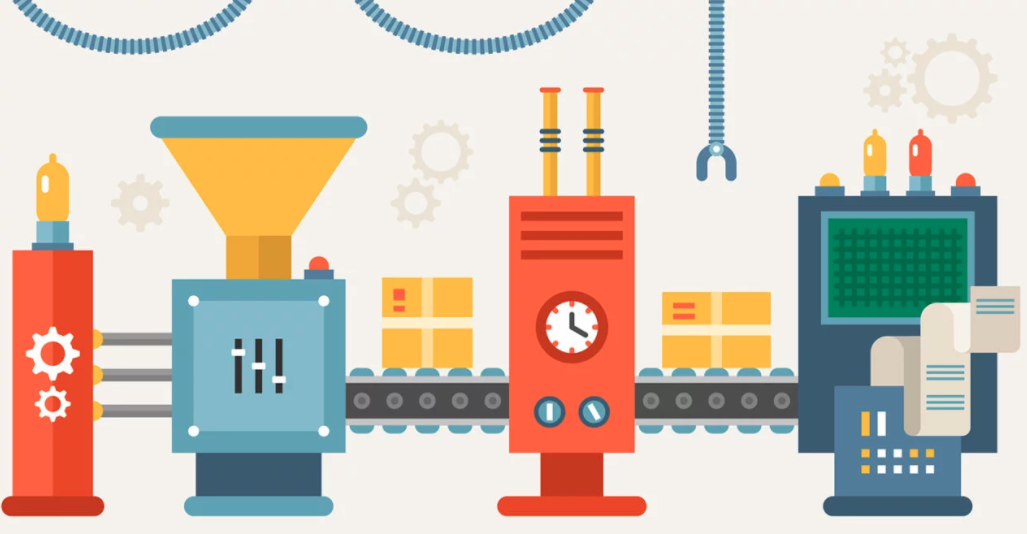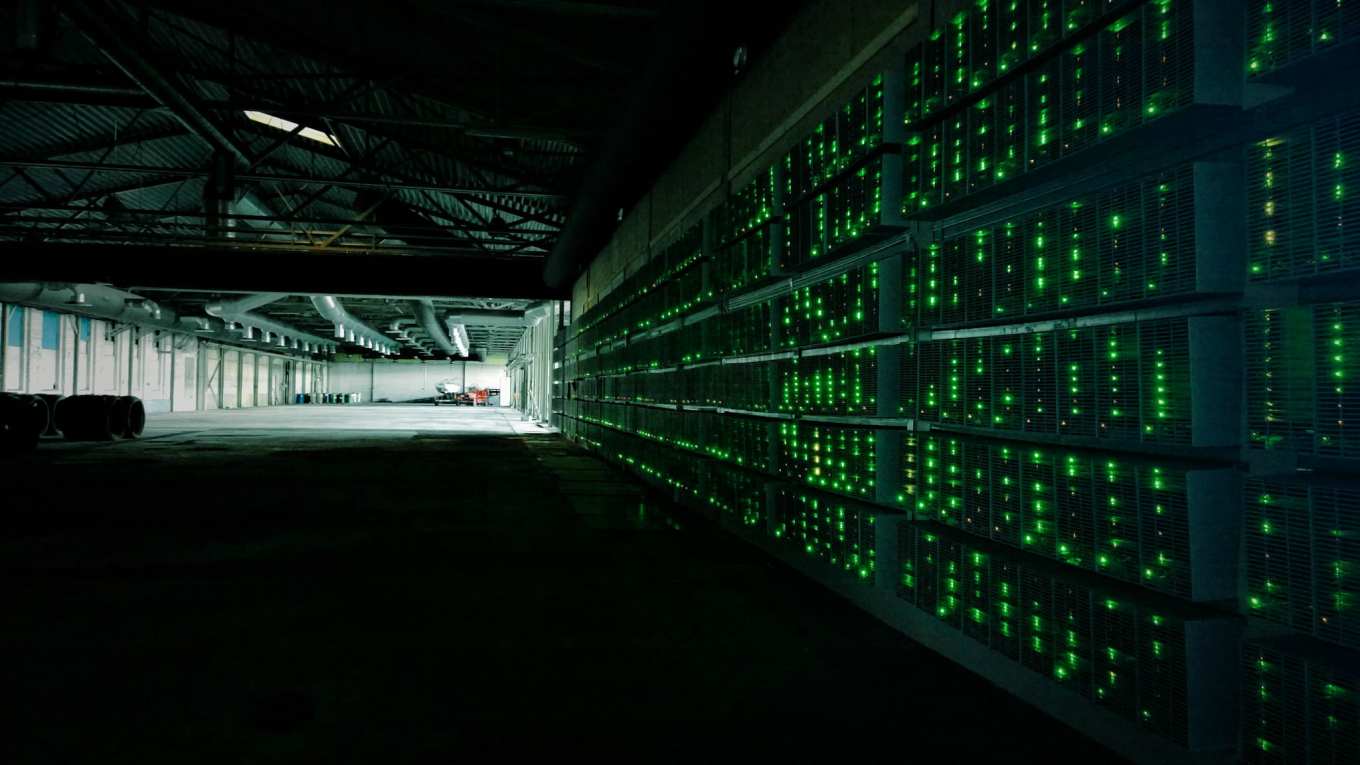
Cryptocurrency news and headlines grab a lot of attention, especially when a project’s native coin or token sees massive movement. Many crypto investors want to see their pet projects take off and bring in new users and value to the world.
However, there’s more to blockchain than just financial gains. This new technology offers a way for automation to take off in ways not possible before. Enterprise blockchain solutions could be the next big breakthrough in data administration and management.
Blockchain as a Technology Evolution
The blockchain concept brings a new way to store and distribute data. Here is how blockchain companies can use this new tech to evolve their services:
How Blockchain Improves on Computer Communications
At its core, a blockchain is an electronic ledger of transactions. Each block of the chain has a list of transactions and related data stored inside it. Combined with the smart contract functionality some blockchains offer, this tech can allow for automation possibilities not seen before in other computer network systems.
Thus, blockchain solutions are an evolution of previous network systems. Information databases and encyclopedias need input from administrators to store this information, or otherwise manage it. With blockchain solutions, this data creates and stores itself, meaning no administrators have to manage this.
Additionally, this ledger distributes to each new node or validator on the blockchain. To ensure valid transactions and data pass through the system, the node needs a record of previous valid transactions as a comparison. Blockchain tech companies use this to get data out to new nodes and validators without external databases or IoT services.
Finally, the data inside of previous blocks cannot be changed. In certain data storage methods, such as wikis and unlocked technical documents, data can be changed by human error or intentional sabotage. Because data inside of a block has already been confirmed by the blockchain, false data can’t be sent out to the blockchain and passed off as valid.
Types of Blockchain Permissions
The well-known blockchain projects right now are open-sourced. Anyone can go into the previous blocks of data and the code of the blockchain to verify that everything is accurate and running as it should. Blockchain development companies might not want this data out there in the public, especially if the transaction data is sensitive or contains identifying information.
Thus, rather than using a public blockchain solution, enterprise blockchain solutions might prefer a permissioned blockchain platform instead of a public one. These solutions create a small blockchain that stores data only for the enterprise solution and is kept outside of the public eye.
Blockchain Consortia
With the ability to keep sensitive data stored away and automatable, blockchain tech companies can offer services to their customers without giving up their data to the world. In the tech and medical industries, the ability to store sensitive data is especially important.
Thus, groups of companies in the same sector have begun to work together to create these enterprise blockchain solutions in groups called blockchain consortia. While most consortia feature a specialized industry, some consortia accept businesses of all types.
These consortia give companies first starting into the world of blockchain solutions a place to build up their blockchain usage and expertise. Sometimes, these consortia offer a foundational blockchain solution that the company can specialize in for its services.
Real-World Enterprise Blockchain Applications
As a customizable upgrade to the standard data storage system, enterprise blockchain solutions have a lot to offer businesses of all kinds. Here are some examples of these solutions in action and how the companies benefit from using blockchain:
Supply Chain Tracking
As the world continues to rely on a global supply chain, managing this web of international contacts becomes cumbersome. Data regarding the creation of raw materials, transportation records, and pricing all have to be managed by administrators in systems that were not designed to offer fast search queries. So, when problems arise, they can be hard to fix.
A blockchain supply chain system innately offers transaction data, including wallet addresses and transaction amounts. When troubles happen, an administrator can go into the blockchain ledger and follow the wallet addresses to find the source of faulty parts, determine shipping delays, and otherwise sleuth out the source of supply chain breakdowns.
Trade Finance Transactions
Much of the world’s trade happens through financial institutions that offer letters of credit as payment for trade goods. These letters come with a large amount of paperwork, administrative red tape, and days of processing time. The time difference across the globe can also slow things down.
Smart contracts on a trade-specialized blockchain could turn these letters into automated executables rather than another stack of paperwork. These smart contracts could link up to QR codes or other scannable tags, releasing funds to a seller once their goods have been received for a fraction of the man and processing power the current system uses.
Remittance and International Finance
In addition to trade, private individuals can send their funds internationally to buy goods or help distant relatives. Given how many currencies there are in the world and the time it takes for banks to handle transactions, many remittance and trade transactions take days to confirm.
With a blockchain solution, private individuals can send cryptocurrency to users in a different country. The recipient could then cash that cryptocurrency out into local fiat currency, saving on bank fees and time. With refinement, this idea could become a valuable business foundation that helps bring wealth and financial speed to underdeveloped parts of the world.
Putting It All Together
Blockchain companies can use the ledger and speed of blockchains to create data storage and data validation that doesn’t need to be managed. By taking this ledger and turning it into a permissioned, rather than public, environment a blockchain company can create an environment that protects this data without exposing it to the public.
From there, blockchain companies are limited only in how they apply this technology. Right now, supply chain managers and financial institutions use these technologies to increase the speed and traceability of their services. Other companies may find innovative ways to use this new ledger technology as time goes on.

Founder Dinis Guarda
IntelligentHQ Your New Business Network.
IntelligentHQ is a Business network and an expert source for finance, capital markets and intelligence for thousands of global business professionals, startups, and companies.
We exist at the point of intersection between technology, social media, finance and innovation.
IntelligentHQ leverages innovation and scale of social digital technology, analytics, news, and distribution to create an unparalleled, full digital medium and social business networks spectrum.
IntelligentHQ is working hard, to become a trusted, and indispensable source of business news and analytics, within financial services and its associated supply chains and ecosystems






























